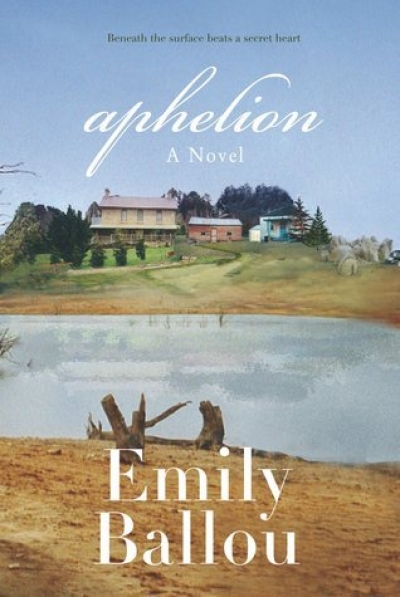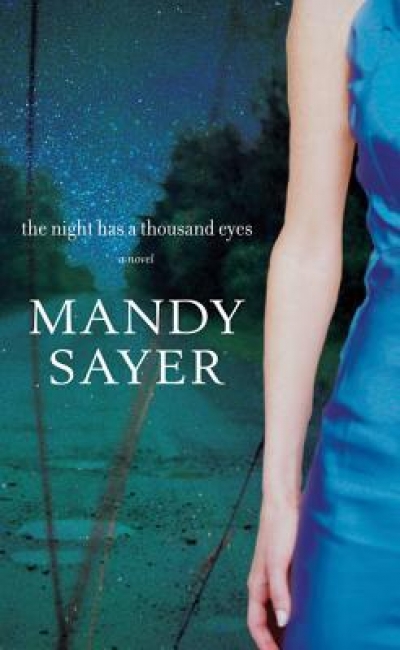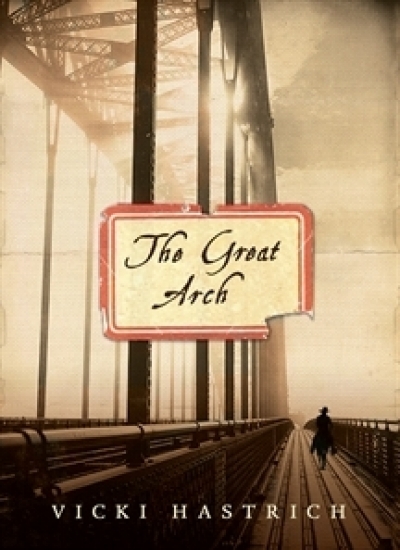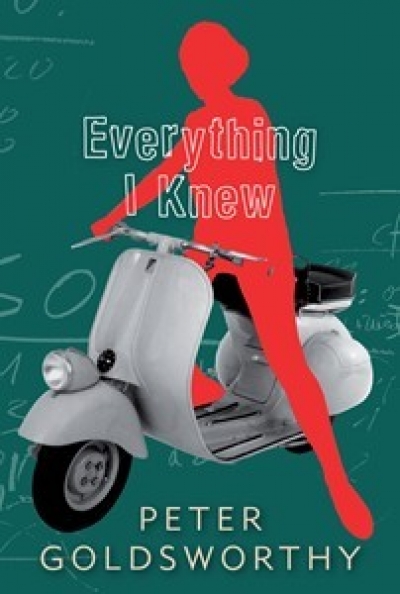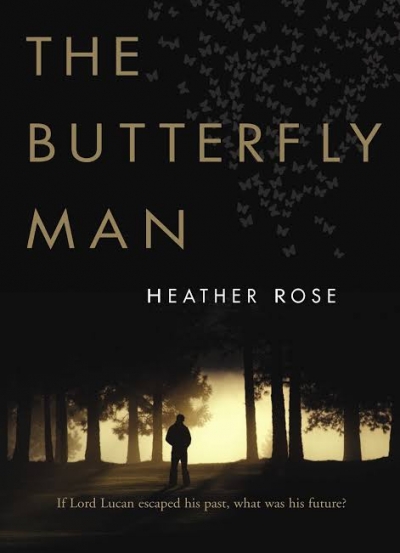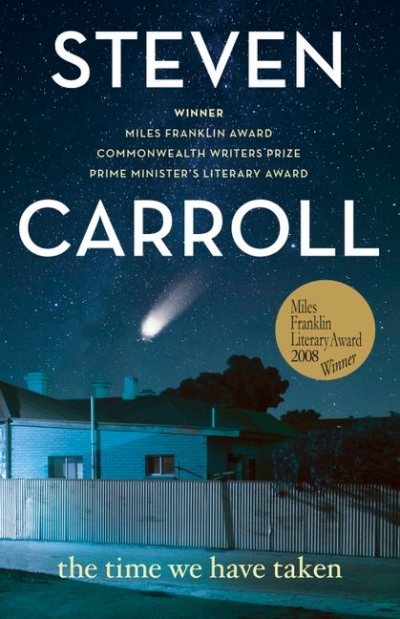Christina Hill
Christina Hill is a Melbourne-based writer.
Aphelion can be called a family epic in that it is long and has many characters. The title of the novel refers to the sun; a character explains that ‘there is a point in astronomy when a planet is at its furthest point from the sun, the slowest point in its orbit. It’s called aphelion. I guess it’s the darkest point.’ In this, her second novel, Emily Ballou uses overlapping and intersectin ... (read more)
This novella is crammed with incident. It includes domestic violence, a decomposing corpse, incest, child abuse, alcoholism, murder, attempted murder, an unnamed and oddly passive baby, guns and a hair-raising cross-country chase. Roy Stamp, a one-legged alcoholic in a car (he can drive), pursues his fourteen-year old daughter, Ruby, and his twelve-year-old son, Mark, because the boy has seen, thr ... (read more)
The Great Arch has considerable if unlikely charm. It is a history of the building of the Sydney Harbour Bridge in a novel about real and imagined people living near its construction site. Hastrich brings to life (potentially dry) detail about huge steel plates, creeping cranes, rivets and cables. We see this mostly in the writings and photographs of her central character, an Anglican vicar who re ... (read more)
The Well in the Shadow, whose title is drawn from Katharine Susannah Prichard’s Coonardoo (1929), is an unconventional book, shaped entirely by Chester Eagle’s idiosyncratic responses to certain writers and their work. Eagle’s engagement with, and enthusiasm for, the texts he considers are undeniable. So too is his close knowledge of the books and writers discussed. The range of subjects is ... (read more)
‘The past is another country. They do things differently there.’
L.P. Hartley
In his latest novel, Everything I Knew, Peter Goldsworthy uses this famous quotation. Indeed, it is so apposite that it might well have provided the epigraph. Everything I Knew is, in part, a self-conscious reworking of Hartley’s The Go-Between (1953). The first-person narrator, Robert Burns, is a naïve ... (read more)
This novel is about the redemption of a man believed to have committed murder. E. Annie Proulx, in her discontinuous novel Postcards (1993), sympathetically traces the tragic life of a protagonist who raped and accidentally killed his lover. Heather Rose poses a similar ethical question about a protagonist who was a real person; she imagines a post-murder existence for the infamous Lord Lucan, who ... (read more)
Steven Carroll’s The Time We Have Taken is the latest in his trilogy – with The Art of the Engine Driver (2001), The Gift of Speed (2004) – about a northern suburb of Melbourne. Referred to only as ‘the suburb’, this anonymity serves to make it a universal place on the fringes of any Australian city.
Known to the reader of the two earlier novels, first as a child and then as an adolesce ... (read more)


